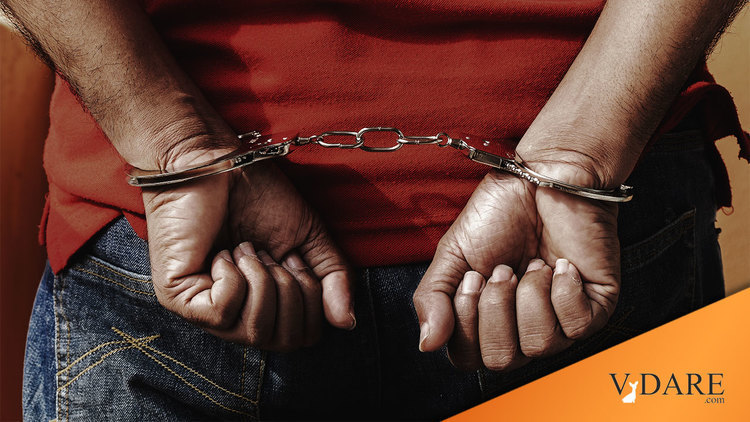
We Almost Saved Detroit — The "Crime Crackdown" Of 1961
06/04/2012
Peter Bradley’s review of Paul Kersey’s Escape from Detroit:The Collapse of America’s Black Metropolis says that 60’s Mayor of Detroit Jerome Cavanagh "was a white Democrat who had come to office unexpectedly with massive black support after running against 'police brutality.'"
Joseph Turrini, writing in Michigan History in 1999, says that the campaign to elect Cavanagh, defeating the previous Mayor,
[B]egan nearly a year before the election as a response to a crime crackdown in the African American community.Throughout December 1960 and January 1961 both the Detroit Free Press and The Detroit News focused heavily on “black crime.” The News reported, for example, that although “blacks constituted 26 percent of the city’s population, they were responsible for almost 65 percent of serious crime.” The paper also blamed African American leaders and their communities for not doing enough to stop crime.
Both newspapers tirelessly covered the police investigations of the murders of Marilyn Donohue and Betty James, two white women killed in separate attacks in Detroit. Between December 11, 1960, and January 6, 1961, The Detroit News carried daily coverage of the December 7, 1960, Donohue murder. The December 28 James murder also generated a great deal of reporting by both newspapers. The News offered a $5,000 reward for information leading to the arrest of either African American murder suspect. The heavy coverage of these two murders and other crimes generated a crime hysteria in Detroit.
The Detroit Police Department responded aggressively to the increased publicity and public outrage. Detroit Police Commissioner Herbert W. Hart blamed the crime spree on inadequate resources, specifically a lack of police officers on the street. During the last week of December 1960, Mayor Miriani approved an anticrime plan developed by Hart. The five-part plan included a dramatically increased police presence in high-crime areas and a return to the “old-fashioned police patrol.”
Hart’s anticrime plan had an immediate impact in highcrime areas, many located in African American communities. During the first forty-eight hours of the crackdown, Detroit police arrested more than six hundred people. Hart was “pleased with the progress,” despite his own admission that many who were “taken into custody after being stopped on the street as suspicious persons … were immediately released after investigations cleared them.” Within the first week, more than fifteen hundred people were “arrested and questioned” by Detroit police. Almost all of those arrested were African American males.["Phooie on Louie: African American Detroit and the Election of Jerry Cavanagh". By Joseph Turrini, Michigan History, Nov./Dec. 1999. ]"
They never did solve the murder of Marilyn Donohue, (who lived long enough to describer her attacker as black) although a black man named Ernest Embry Jr. confessed to the murder of Betty James.
There’s a bunch more about the harassment, and the establishment of the usual Civilian Review Boards, and so on, basically a surrender by Cavanagh, but apparently he didn’t surrender fast enough to stop the riots:
"Detroit became known as the 'model city' because of Cavanagh’s commitment and apparent progress in race relations. But long-term changes in race relations and in the Detroit Police Department proved much more difficult. Despite the positive press, the Detroit Police Department continued to have a bad image in the African American community during Cavanagh’s two terms as mayor. The 1967 Detroit riot stunned many outsiders who thought the city’s racial problems had been solved. But African American Detroiters, who still faced a myriad of racially based inequities — including harassment by the police — were not surprised at all."
Well, of course they weren’t surprised by it — they were doing the rioting!
But I wish the author of the article, Joseph Turrini, had bothered to mention that in the absence of aggressive policing, Detroit dissolved into chaos, becoming known as "Murder City."
Bradley notes
"Forbes recently rated Detroit as “The Most Dangerous City in America,” and with good reason. Since 1969, over 21,000 people have been murdered in the city."
Twenty-one thousand murders. The cost of de-policing.
